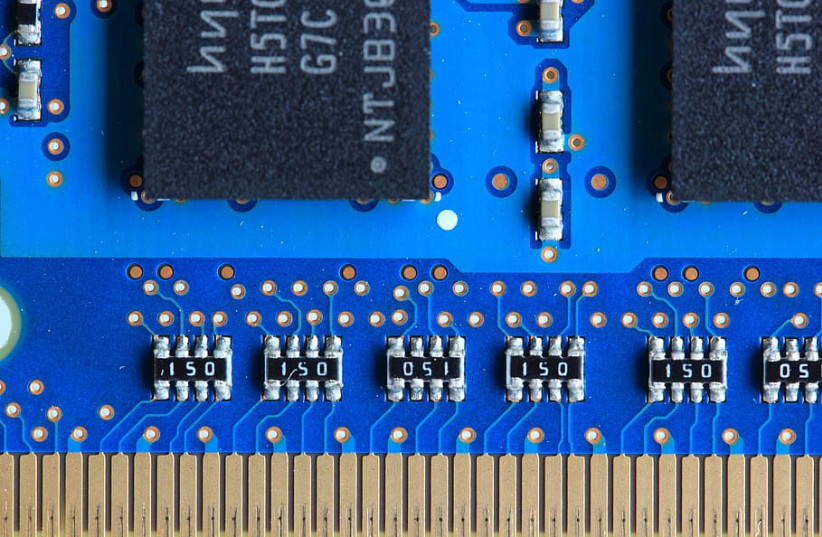Researchers led by the University of Cambridge have developed an innovative computer memory design, that could significantly improve performance while reducing the energy demands of Internet and communications technologies.
Artificial intelligence, algorithms, Internet usage, and other data-driven technologies are expected to consume nearly a third of global electricity in the next few years. This drastic increase in energy demands is largely due to shortcomings of current computer memory technologies.
Conventional memory devices are capable of two states – one or zero. The data is then stored and processed in different parts of a computer system, which means the data needs to be shuffled back and forth between the two, which takes up large amounts of time and energy.
“To a large extent, this explosion in energy demands is due to shortcomings of current computer memory technologies,” said Dr. Markus Hellenbrand, of Cambridge’s Department of Materials Science and Metallurgy.
“In conventional computing, there’s memory on one side and processing on the other, and data is shuffled back between the two, which takes both energy and time.”
A more effective memory

The researchers at Cambridge experimented with a new type of technology known as resistive switching memory, that could potentially solve the problem of inefficient computer memory.
Unlike conventional memory devices, this new type of memory can enable a continuous range of states instead of being limited to two states.
“A typical USB stick based on continuous range would be able to hold between 10 and 100 times more information, for example,” explained Hellenbrand.
The research team developed a prototype device based on hafnium oxide, an insulating material that is already used in the semiconductor industry. Hafnium oxide can be challenging to use for resistive switching memory applications because the material has no structure at the atomic level.
However, Hellenbrand and his co-scientists found that adding barium into the mix could solve this dilemma.
Once barium was added, it formed structured bridges between the films of hafnium oxide. At the point where these bridges meet the device contacts, an energy barrier was created, which allows the electrons to cross.
This energy barrier can be raised or lowered, which changes the resistance of the hafnium oxide composite, and allows multiple states to exist within the material.
“This allows multiple states to exist in the material, unlike conventional memory, which has only two states,” said Hellenbrand.
“What’s really exciting about these materials is they can work like a synapse in the brain: they can store and process information in the same place, like our brains can, making them highly promising for the rapidly growing AI and machine learning fields.”
The researchers are hopeful that this could lead to the development of computer memory devices with higher density and performance but lower energy consumption. Since hafnium oxide is already commonly used in the semiconductor industry, the researchers say it would be easy to integrate into existing manufacturing processes for other technologies.
A patent for the technology has been filed by Cambridge Enterprise, and the research team is now working on conducting additional studies.
